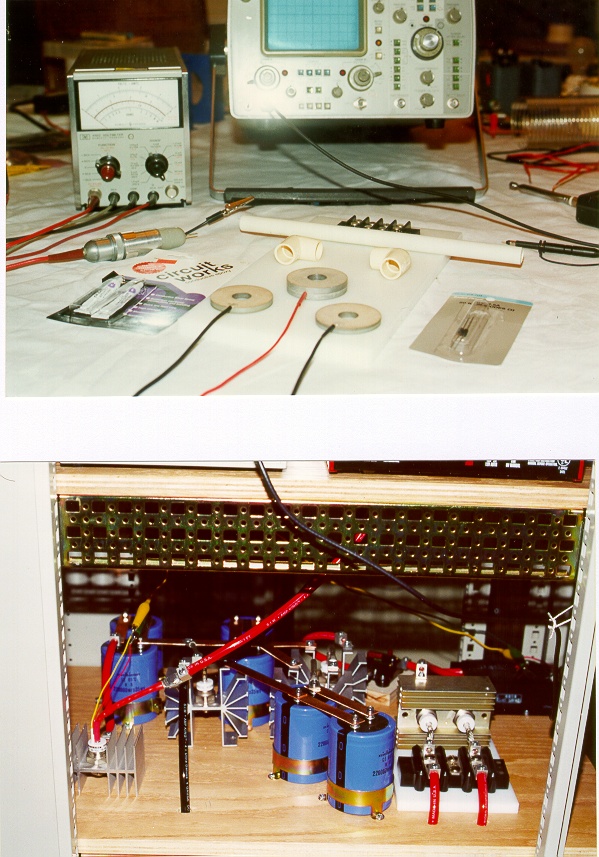Donald Smith Files Unplugged!
Hey Soundicuek!
You have done it again.THANKS MAN!
Please, if anyone has anything to share please send me a link, pm or xibes@yahoo.co.uk
Best regards,
Ged
Originally posted by soundiceuk
View Post
You have done it again.THANKS MAN!
Please, if anyone has anything to share please send me a link, pm or xibes@yahoo.co.uk
Best regards,
Ged




 what you posted is interesting, i should try that!
what you posted is interesting, i should try that!

Comment